
Heliox: Where Evidence Meets Empathy 🇨🇦
Join our hosts as they break down complex data into understandable insights, providing you with the knowledge to navigate our rapidly changing world. Tune in for a thoughtful, evidence-based discussion that bridges expert analysis with real-world implications, an SCZoomers Podcast
Independent, moderated, timely, deep, gentle, clinical, global, and community conversations about things that matter. Breathe Easy, we go deep and lightly surface the big ideas.
Curated, independent, moderated, timely, deep, gentle, evidenced-based, clinical & community information regarding COVID-19. Since 2017, it has focused on Covid since Feb 2020, with Multiple Stores per day, hence a sizeable searchable base of stories to date. More than 4000 stories on COVID-19 alone. Hundreds of stories on Climate Change.
Zoomers of the Sunshine Coast is a news organization with the advantages of deeply rooted connections within our local community, combined with a provincial, national and global following and exposure. In written form, audio, and video, we provide evidence-based and referenced stories interspersed with curated commentary, satire and humour. We reference where our stories come from and who wrote, published, and even inspired them. Using a social media platform means we have a much higher degree of interaction with our readers than conventional media and provides a significant amplification effect, positively. We expect the same courtesy of other media referencing our stories.
Heliox: Where Evidence Meets Empathy 🇨🇦
⚛️ The Quantum Secret Of Life : How Your Cells Outperform SuperComputers
See the episode substack to go deeper
We venture deep into the intersection of quantum physics and biology to uncover a revolutionary possibility: that life itself operates as a quantum computing system of staggering capacity.
Drawing from Philip Kurian's groundbreaking research on the computational power of living organisms, we explore how the humble amino acid tryptophan forms networks that harness quantum superradiance, potentially enabling processing speeds billions of times faster than traditional models suggest.
Could these quantum networks explain the brain's remarkable capabilities and offer breakthroughs for treating neurodegenerative diseases?
Even more provocatively, calculations suggest all eukaryotic life throughout Earth's history has performed computational operations on a scale approaching the square root of the entire universe's capacity.
This isn't just biological curiosity—it's a paradigm shift that could revolutionize our understanding of consciousness, inspire new quantum technologies, and forever change how we view the boundary between computing and life.
Ultraviolet Superradiance from Mega-Networks of Tryptophan in Biological Architectures
Quantum effects in life: Cells compute information billion times faster than we thought
This is Heliox: Where Evidence Meets Empathy
Independent, moderated, timely, deep, gentle, clinical, global, and community conversations about things that matter. Breathe Easy, we go deep and lightly surface the big ideas.
Thanks for listening today!
Four recurring narratives underlie every episode: boundary dissolution, adaptive complexity, embodied knowledge, and quantum-like uncertainty. These aren’t just philosophical musings but frameworks for understanding our modern world.
We hope you continue exploring our other podcasts, responding to the content, and checking out our related articles on the Heliox Podcast on Substack.
About SCZoomers:
https://www.facebook.com/groups/1632045180447285
https://x.com/SCZoomers
https://mstdn.ca/@SCZoomers
https://bsky.app/profile/safety.bsky.app
Spoken word, short and sweet, with rhythm and a catchy beat.
http://tinyurl.com/stonefolksongs
Curated, independent, moderated, timely, deep, gentle, evidenced-based, clinical & community information regarding COVID-19. Since 2017, it has focused on Covid since Feb 2020, with Multiple Stores per day, hence a large searchable base of stories to date. More than 4000 stories on COVID-19 alone. Hundreds of stories on Climate Change.
Zoomers of the Sunshine Coast is a news organization with the advantages of deeply rooted connections within our local community, combined with a provincial, national and global following and exposure. In written form, audio, and video, we provide evidence-based and referenced stories interspersed with curated commentary, satire and humour. We reference where our stories come from and who wrote, published, and even inspired them. Using a social media platform means we have a much higher degree of interaction with our readers than conventional media and provides a significant amplification effect, positively. We expect the same courtesy of other media referencing our stories.
Have you ever thought about like all the amazing things computers can do now? Oh, yeah, definitely. Like it's mind blowing. Right. Right. And we always talk about how powerful they are. Yeah. But what if and this is a wild thought. What if. Life itself, like every single living thing is actually way more powerful than any computer we could ever imagine. Yeah. Like, what if the power is right there in every cell? Okay. I'm intrigued, yeah. And what if it all comes down to, are you ready for this? Hit me. Quantum mechanics. Whoa. Quantum mechanics and life. Yeah. That's exactly what we're diving into today. We're going to look at some seriously groundbreaking research that suggests living organisms are doing calculations and processing information on a scale we never even thought possible. And guess what? What? What? Quantum mechanics seems to be the secret ingredient. Oh, wow. This is definitely deep dive territory. Oh, absolutely. We've got some amazing stuff to unpack today. So to get us started, there's this incredible paper in Science Advances called Computational Capacity of Life in Relation to the Universe. Okay. Computational Capacity of Life. Right. That title alone, right? And it's by Philip Kurian. Philip Kurian. Okay. And then to help us really understand what's going on, we've got this awesome news article from Interesting Engineering. Gotcha. They break down Kurian's research in a way that, you know, makes sense for everyone. And for the really nitty gritty details, the science behind it all, we're also looking at ultraviolet super radiance from mega networks of tryptophan in biological architectures. from the Journal of Physical Chemistry B. Okay, so we're going deep into the quantum mechanics. Yeah, basically we're going to try and figure out just how powerful life really is. We're going to see how quantum effects might be the key to this whole thing. And by the end of this, you're going to look at the world in a whole new way. Okay, so let's start with the basics then. How have scientists traditionally measured this computational power of life? All right. So the way they've usually done it is by focusing on the neuron. Okay. Neurons, the brain cells. Right. The brain cells. And they use this thing called the Hodgkin-Huxley model to understand how fast these neurons fire. Yeah. The firing rate, like how often they send signals. Exactly. And that's how they've traditionally tried to estimate how much information living organisms, particularly animals, can process. Yeah. It's like thinking of the brain as a computer, and each neuron is like a tiny transistor switching on and off. Right. So it's all about how fast those transistors are switching, which is what the Hodgkin-Huxley model helps us understand. And this approach led to some specific numbers, right? Yeah, it did. Based on these neuronal firing rates, they estimated that all life on Earth could perform about 10 to the power of 40 elementary logical operations. 10 to the power of 40, okay. Which sounds like a lot. It does. But here's the thing. This whole approach pretty much ignores a huge chunk of life on Earth. Oh, what do you mean? Well, think about it. There's a whole world of organisms that don't have neurons or brains. Right, like bacteria, fungi, plants. Exactly. They make up the majority of living matter on the planet, but they don't really fit into this neuron focused way of thinking. Yeah, that's a good point. So it's kind of like trying to understand all the data being processed in the world by just looking at computers and ignoring all the smartphones and tablets. That's a great analogy. And that's where Philip Kurian's work really shakes things up. Okay, so how so? Well, in his Science Advances paper, he proposes a completely new perspective. Okay, I'm listening. He says we need to consider all eukaryotic life. So that includes everything with the nucleus, right? Animals, plants, fungi. Exactly. He's not just looking at brains and neurons anymore. He's looking at the bigger picture, the entirety of eukaryotic life on Earth. He compares this number to the estimated computational capacity of the entire observable universe since the Big Bang. Okay, so the whole universe, everything we can see. Yep, everything. And that number is estimated to be around 10 to the power of 120 elementary logical operations. 10 to the power of 120, okay. And here's the mind-blowing part. Currine's research suggests that the total computation performed by all eukaryotic life is roughly the square root of the universe's total computational capacity. The square root? Yeah. Think about that for a second. Whoa, that's still a massive number. Right. Life on Earth might be doing calculations on a scale that we can't even wrap our heads around. It makes you wonder what all those organisms without brains are doing with all that processing. power. Exactly. Like what's going on in there? And maybe even more importantly, how are they doing it? Yeah. How is it even possible? And that brings us to quantum mechanics. Okay. So we're going quantum. We are. But first, let's acknowledge the elephant in the room. Okay. What's that? Well, usually when we think of quantum mechanics, we think of things that are Super cold. Right. Like close to absolute zero. Uh-huh. And these really controlled lab environments. Very precise. Right. So the idea of quantum mechanics playing a big role in warm, messy living organisms seems a bit strange. Yeah, it does. A little bit out there. It's not the first thing that comes to mind. Right. Yeah. Even Erwin Schrodinger. The Schrodinger's cat guy. Yeah. One of the founders of quantum mechanics. Wow He actually wondered if quantum effects might be important for something as basic as keeping our genes stable Okay, so even he was thinking about this connection between quantum mechanics and life He was But the main argument against it has always been that the warm and, you know, kind of chaotic environment inside cells would just destroy any delicate quantum phenomena Yeah, it's like trying to build a supercomputer inside a sauna Ha ha Yeah, it just doesn't seem like it would work. Right. So how does Kurian's work explain this apparent contradiction? Well, his research points to a specific quantum property called super radiance. Super radiance, okay. So to understand this, we've got to talk about an amino acid called tryptophan. tryptophan I've heard of that yeah it's one of the building blocks of protein right and it has this interesting property what's that it can absorb light at one frequency and then re-emit it at a different frequency oh yeah that's fluorescence exactly scientists use fluorescence all the time to study proteins and cells yeah it's a common technique right but super radiance is like fluorescence on steroids. On steroids, okay. Imagine you have a whole bunch of tryptophan molecules all organized together, like in a neuron or a microtubule, which is part of the cell's internal skeleton, or a centrile, which helps with cell division. Yeah, those are all important structures. Right. And when a single photon of light hits this group of tryptophan molecules, something amazing happens. What? They all interact with that photon in a super coordinated way. So it's not just each molecule doing its own thing. Nope. They're working together like a synchronized dance team. Okay. And what happens is they emit a burst of fluorescence that's way more intense and way faster than if each molecule was acting alone. So it's amplified. Exactly. It's like a chorus of tiny lights all flashing at the same time. That's the power of super radiance. Well, that's super cool. And this new study, the one in the Journal of Physical Chemistry B, suggests that these networks of tryptophan could actually act like quantum fiber optics inside cells. Right. Isn't that an incredible image? It is These tiny networks Acting like fiber optic cables Transmitting information At the quantum level And the implications of that Are mind blowing Like what? Well it means that information Could be zipping around Inside cells Billions of times faster Than we ever thought possible Billions of times faster Billions Imagine the kind of rapid fire communication and processing that could be happening right now in your cells. Yeah, it makes you realize just how much we don't know about what's going on at that level. And the thing is, it's not just happening in complex organisms like us. Oh, really? Yeah. Even simple life forms like bacteria metabolize tryptophan. So they might be doing this too. Exactly. Exactly. This suggests that this quantum super radiance could be a fundamental characteristic of all carbon-based life. Okay, so it's not just brains and neurons. It's potentially happening everywhere. Everywhere. And if that's true, then the total computational power of life on Earth could be even greater than the most advanced artificial quantum systems. we can build. That's wild. And Seth Lloyd, a famous physicist from MIT, actually agrees with this idea. He thinks we might be seriously underestimating the computational capabilities of all those organisms without brains. Hmm, yeah. We've been so focused on neurons and brains that we've maybe missed a whole other level of complexity. Right. It's like we've been looking through a keyhole and thinking we're seeing the whole picture. Yeah, that's a good analogy. Yeah. So where does this Margulis-Levitan theorem fit into all of this? Ah, yes. That's a crucial piece of the puzzle. Okay, fill me in. What is it? Well, the Margulis-Levitin theorem is this really fundamental idea in quantum mechanics. And it basically sets a speed limit for computation in any physical system. A speed limit. The universe has a speed limit for how fast you can calculate something. Exactly. No matter how powerful your computer is or how advanced a civilization becomes, there's a fundamental limit to how fast they can process information. Wow. That's deep. Right. And this limit is determined by the energy of the system. So the more energy you have, the faster you can compute. Yeah, in a nutshell. It's like a universal speed limit for calculations, whether it's happening in a supercomputer or a tiny cell. Okay, so how does this relate to super radiance? Well, the Science Advances paper points out that the super radiance observed in these tryptophan networks is operating really close to this theoretical speed limit. Really close. So these biological systems are pushing the boundaries of how fast computation can happen. They are. And what's even more interesting is that similar speed limits seem to apply to classical systems, too. So it's not just a quantum thing. It seems like it might be a fundamental limit to computation itself, regardless of whether it's classical or quantum. That's pretty mind-blowing. And the ultraviolet super radiance paper says, goes into detail about where these tryptophan networks are found. It does. And it turns out they're not just in neurons. Oh, so they're in other parts of the cell too. Yeah, they're all over the place. They form these really intricate networks within all sorts of important cellular structures. Like what? Like transmembrane proteins, which are crucial for communication between the inside and outside of the cell. Okay. And then there are the cytoskeletal filaments, which are in the cell. What are those? They're kind of like the cell's internal scaffolding and they also act as a transport system Okay, so they help the cell keep its shape and move things around Exactly And a major type of cytoskeletal filament is the microtubule Microtubule Right, and then there are the centrials, which are super important for cell division Right. So they're involved in making new cells. They are. And the interesting thing is that these microtubules and centrials actually contain a ton of tryptophan molecules. Oh, really? So they're primed for super radians. They are. And the researchers actually did some theoretical calculations based on the structure of microtubules. Yeah. And they found that when these microtubules, which can contain over 100,000 tryptophan molecules, are hit with ultraviolet light, they can enter these incredibly powerful super radiant states. 100,000 molecules all working together. That's amazing. It is. And the paper mentions that this leads to a much higher fluorescence quantum yield. meaning they emit light much more efficiently. Right. And they actually confirmed this experimentally, didn't they? They did. They showed that these organized tubulant structures have this enhanced fluorescence specifically because of super radiance. Wow. So it's not just theory. They actually saw it happening. They did. And what's really cool is that this effect is really robust. It even persists in the face of all the disorder and thermal fluctuations that are always happening inside cells. So even though the cellular environment is messy and constantly changing, this super radiance still works. It does. And that's really important because, as we talked about earlier, the conditions inside a cell are nowhere near as controlled as the environments we usually need for quantum phenomena to occur. Yeah, it's like this cell has found a way to make quantum mechanics work in the real world. Right, and this suggests that these microtubules and centrioles and all these other cellular structures with tryptophan networks might be doing a lot more than we thought. Like what? Well, it seems like they could be processing electromagnetic energy and information in ways that we're only just beginning to understand. So it's not just about structure and transport anymore. It's about information processing at the quantum level. Exactly. And there are some really fascinating potential implications of this, especially when it comes to neurons. Not really what? Well, the Eureka Alert news release talks about something called NeuroProtect. Neuroprotection, so protecting the brain. Yeah. It turns out that tryptophan can actually absorb harmful ultraviolet light. UV light, the stuff that causes sunburns. Yep, that same stuff. And UV light is also a major contributor to oxidative stress, which is a key factor in the development of neurodegenerative diseases like Alzheimer's. Oh, wow. So by absorbing this UV light and then re-emitting it at a lower, safer energy level through fluorescence, Tryptophan can act like a natural shield, protecting the brain from damage. So it's like a built-in sunscreen for the brain. Kind of. And the news release suggests that these large networks of tryptophan with their superradiance capabilities might be even more efficient at this neuroprotection. That's pretty amazing. You could have huge implications for treating Alzheimer's and other brain diseases. Definitely. And the other major implication for neurons that the news release mentions is ultra-fast signaling. Ultra-fast signaling. Okay. So traditionally, the way we've understood how neurons communicate is through the movement of ions across the cell membrane. Right, like electrical signals. Yeah, it's a chemical process that happens on the millisecond timescale. Okay. But the super radiance happening in these tryptophan networks is ridiculously fast. occurs in under a picosecond. A picosecond, how fast is that? A picosecond is a trillionth of a second. It's a billion times faster than a millisecond. A billion times faster. Yeah. So you're saying that these tryptophan networks could be allowing neurons to communicate much, much faster than we thought. Way faster. It's like they're quantum superhighways for information transfer in them. brain. Whoa, that's insane. It would mean that our brains can process information at speeds that are just mind-boggling. Right. And it might explain why we can do things like react so quickly to unexpected events or make complex decisions in a split second. Yeah, the traditional model of neuronal signaling just doesn't seem fast enough to account for all of that. It doesn't. And the also mentions that quantum technology researchers are really interested in all of this. Really? Why is that? Well, for them, the fact that these delicate quantum effects can not only survive, but actually thrive in the warm, messy environment of a living cell is mind-blowing. Yeah, because usually quantum systems are really sensitive to noise and interference. Exactly. So if nature has found a way to make quantum mechanics work in this incredibly challenging environment, it could be a game changer for building more robust and reliable quantum technologies. It's like nature has already solved a problem that engineers and physicists are still struggling with. It really is. And the theoretical methods they're using to understand these biological quantum networks are actually directly relevant to the field of quantum computing itself. So this research is not just helping us understand life better. It's also potentially advancing the field of quantum technology. It is. So to sum it all up, we've seen that life, especially when we consider all those organisms without brains, might possess a computational power that's far greater than we ever imagined. We've explored the idea that quantum mechanics, particularly through this super radiance phenomenon in tryptophan networks, could be the key to this incredible processing ability. Yeah, that's a really fascinating idea. And we've touched on the potential implications for understanding how cells work, for protecting the brain from damage, for ultra-fast communication in the brain, and even for revolutionizing quantum technology. It's like life itself is a quantum computer. It kind of is, isn't it? The biggest takeaway from all this is that even the simplest forms of life might be harnessing quantum mechanics to process information in ways that are incredibly sophisticated and fast. And we're only just beginning to scratch the surface of understanding how it all works. Exactly. So here's a final thought for you to ponder. If we can truly crack the code of how these biological quantum systems operate, we're Could we use that knowledge to create entirely new forms of artificial intelligence? Oh, wow, that's a great question. Could we build quantum computers that are inspired by life itself? The possibilities are pretty much endless. And it makes you think what other secrets are hidden within the living world just waiting to be discovered. It's a whole new world of possibilities. And maybe, just maybe, the key to the next technological revolution is right there under our noses, in the very fabric of life itself. That's an amazing thought. It really changes how you look at the world. It does. And that's what deep dives are all about. Absolutely. Thanks for joining us. My pleasure.
Podcasts we love
Check out these other fine podcasts recommended by us, not an algorithm.

Hidden Brain
Hidden Brain, Shankar Vedantam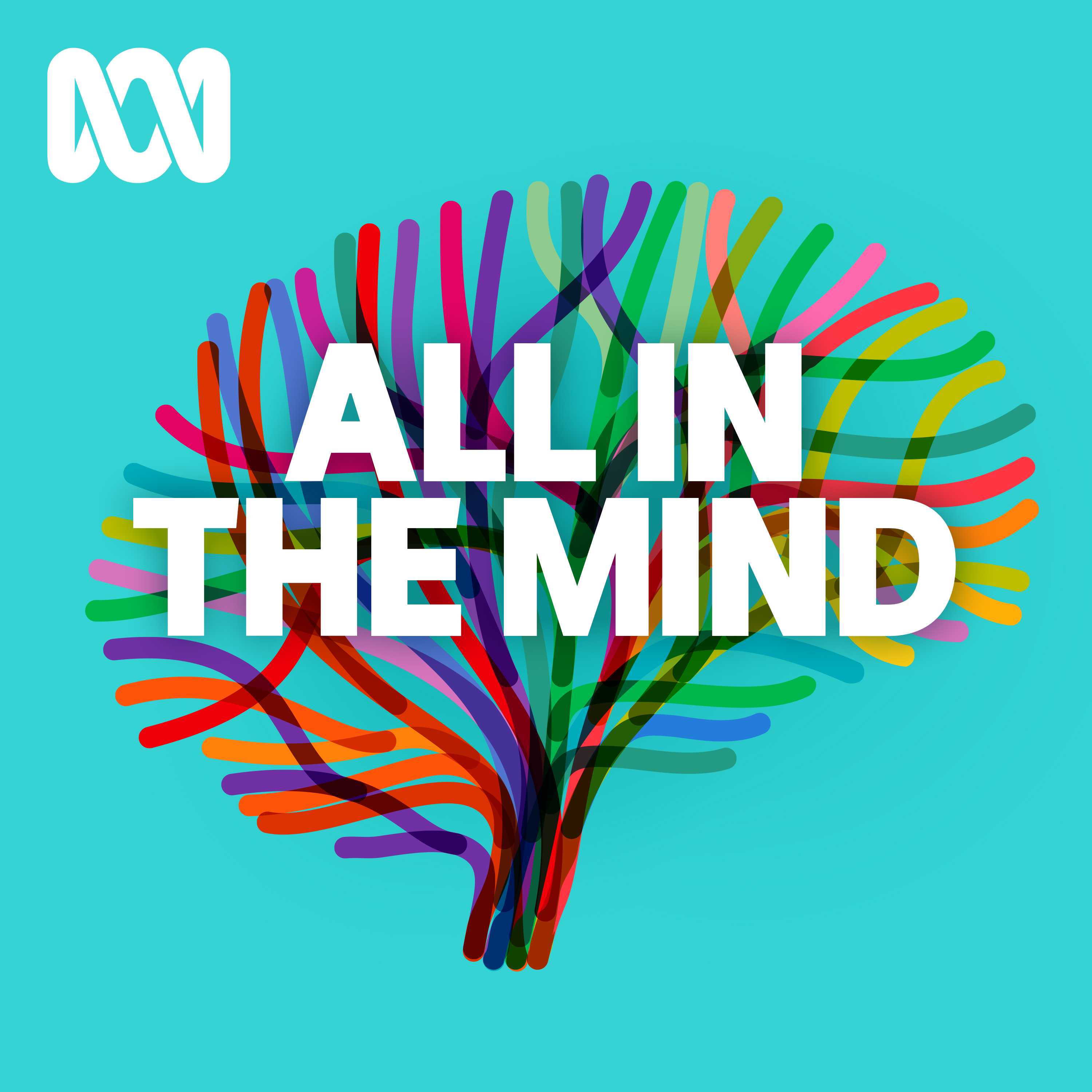
All In The Mind
ABC
What Now? with Trevor Noah
Trevor Noah
No Stupid Questions
Freakonomics Radio + Stitcher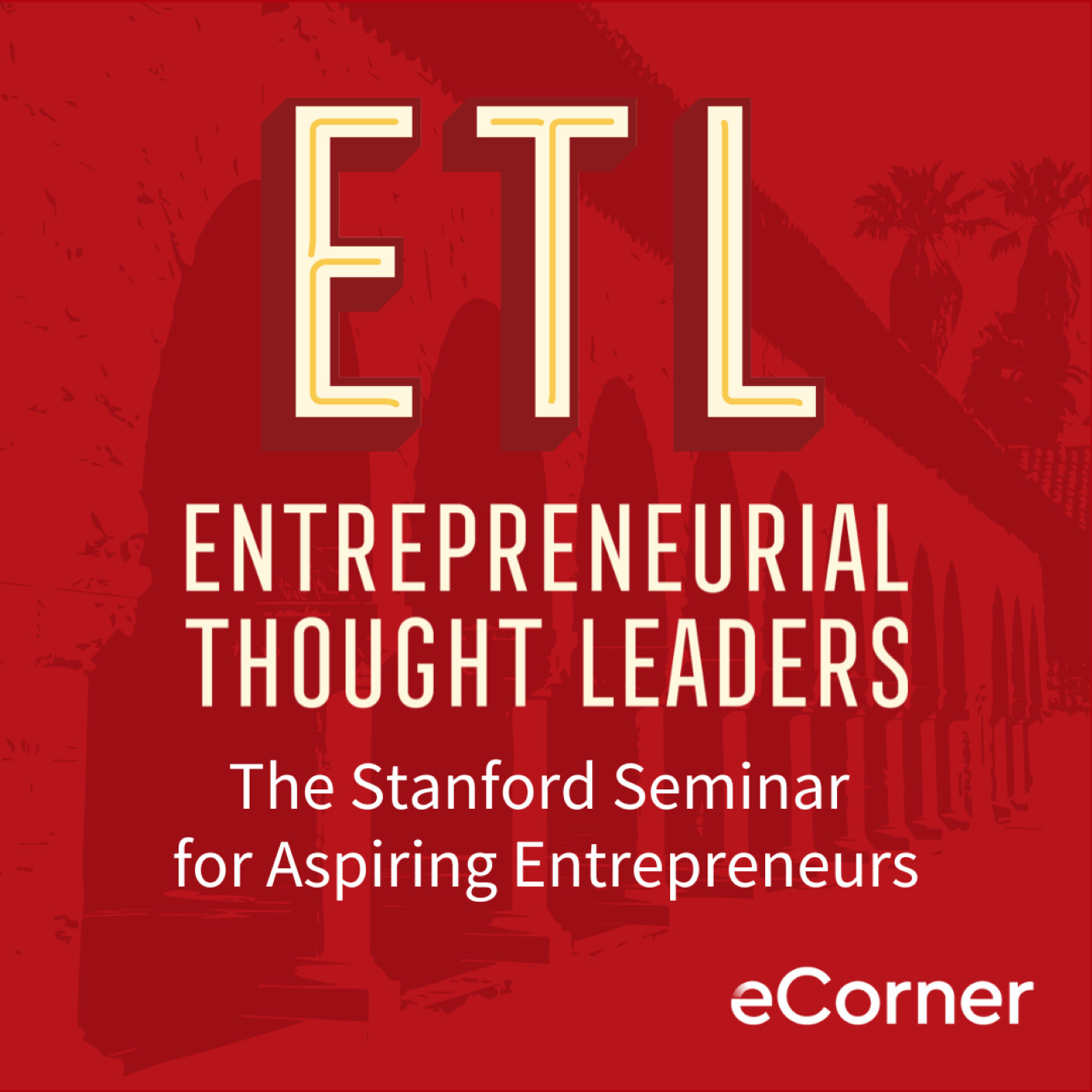
Entrepreneurial Thought Leaders (ETL)
Stanford eCorner
This Is That
CBC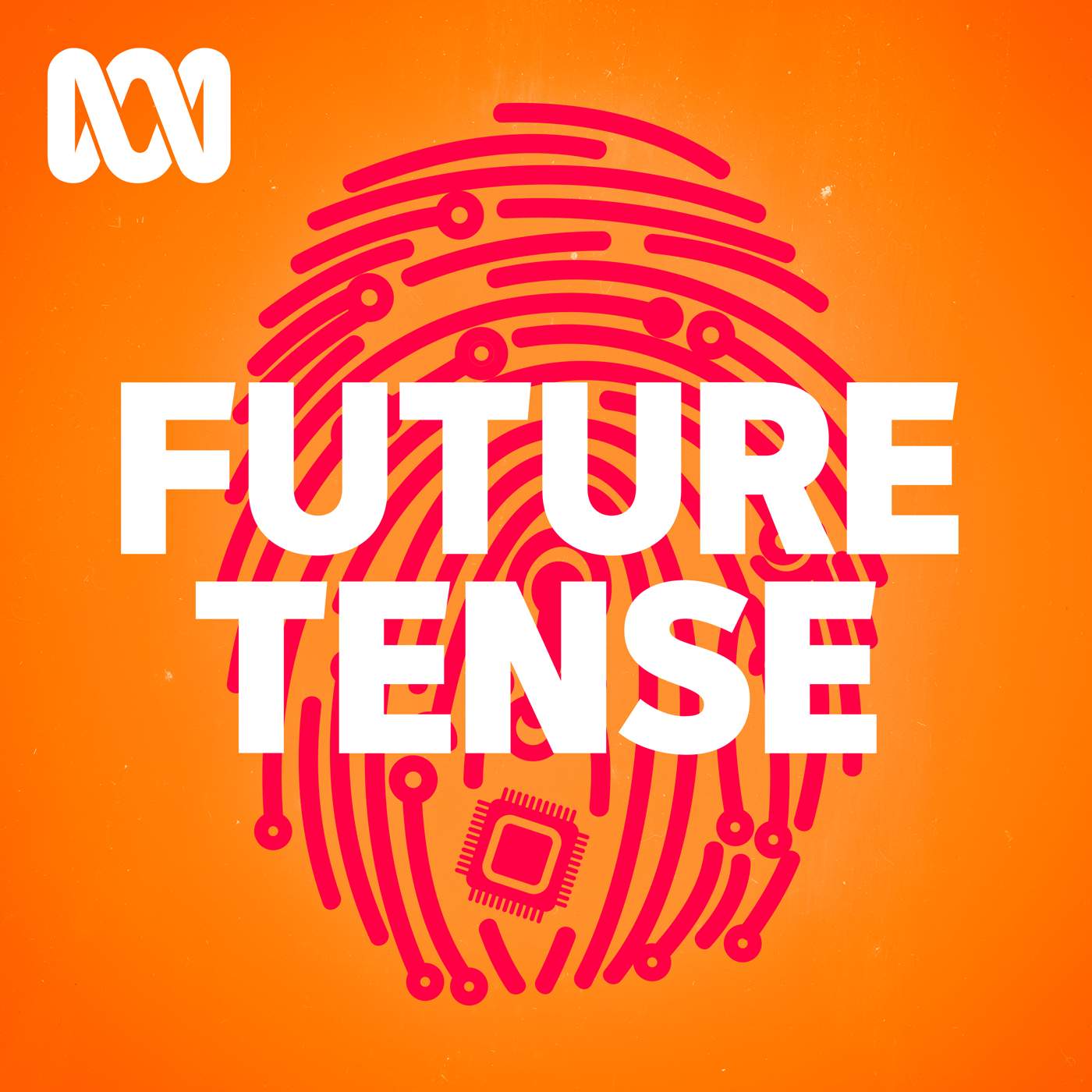
Future Tense
ABC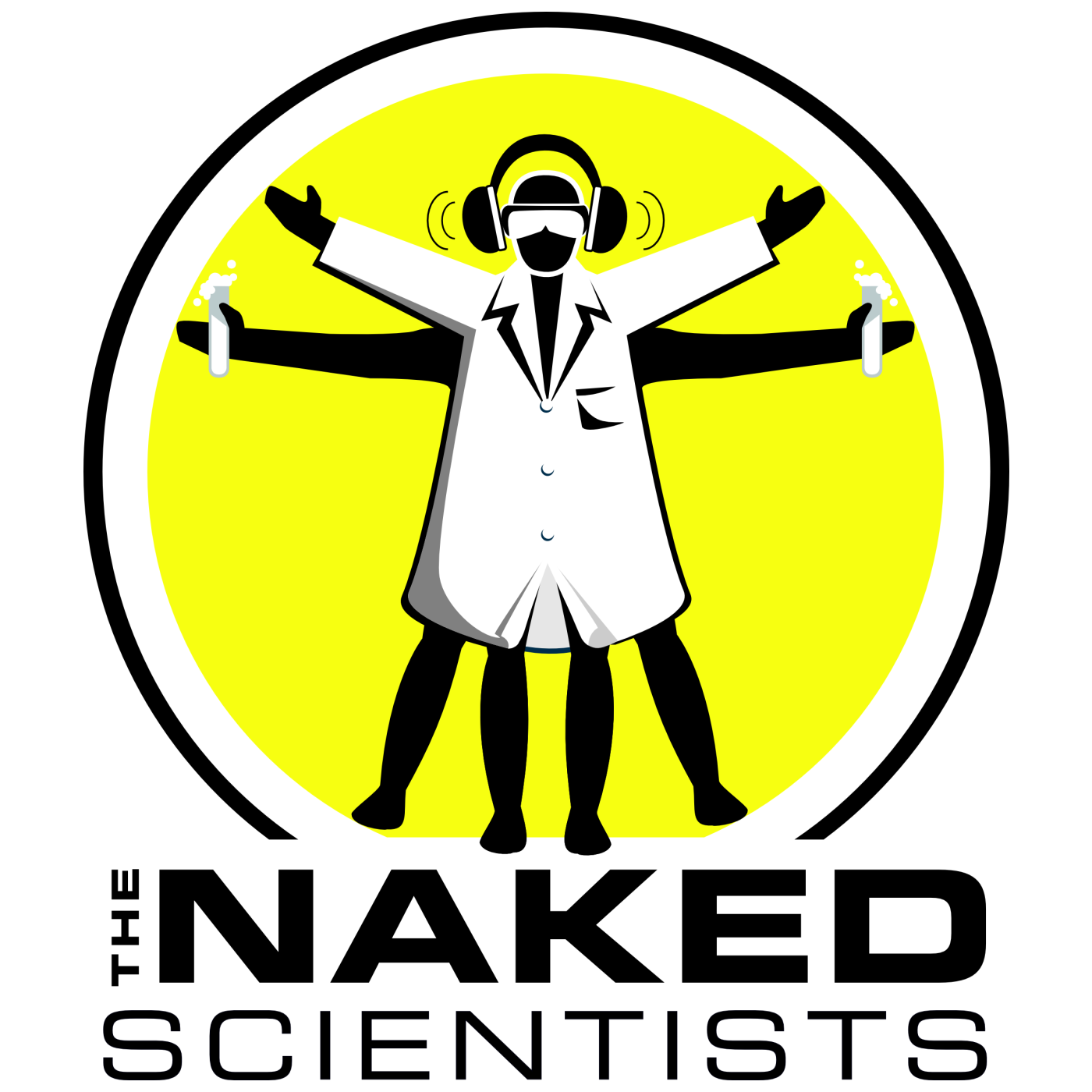
The Naked Scientists Podcast
The Naked Scientists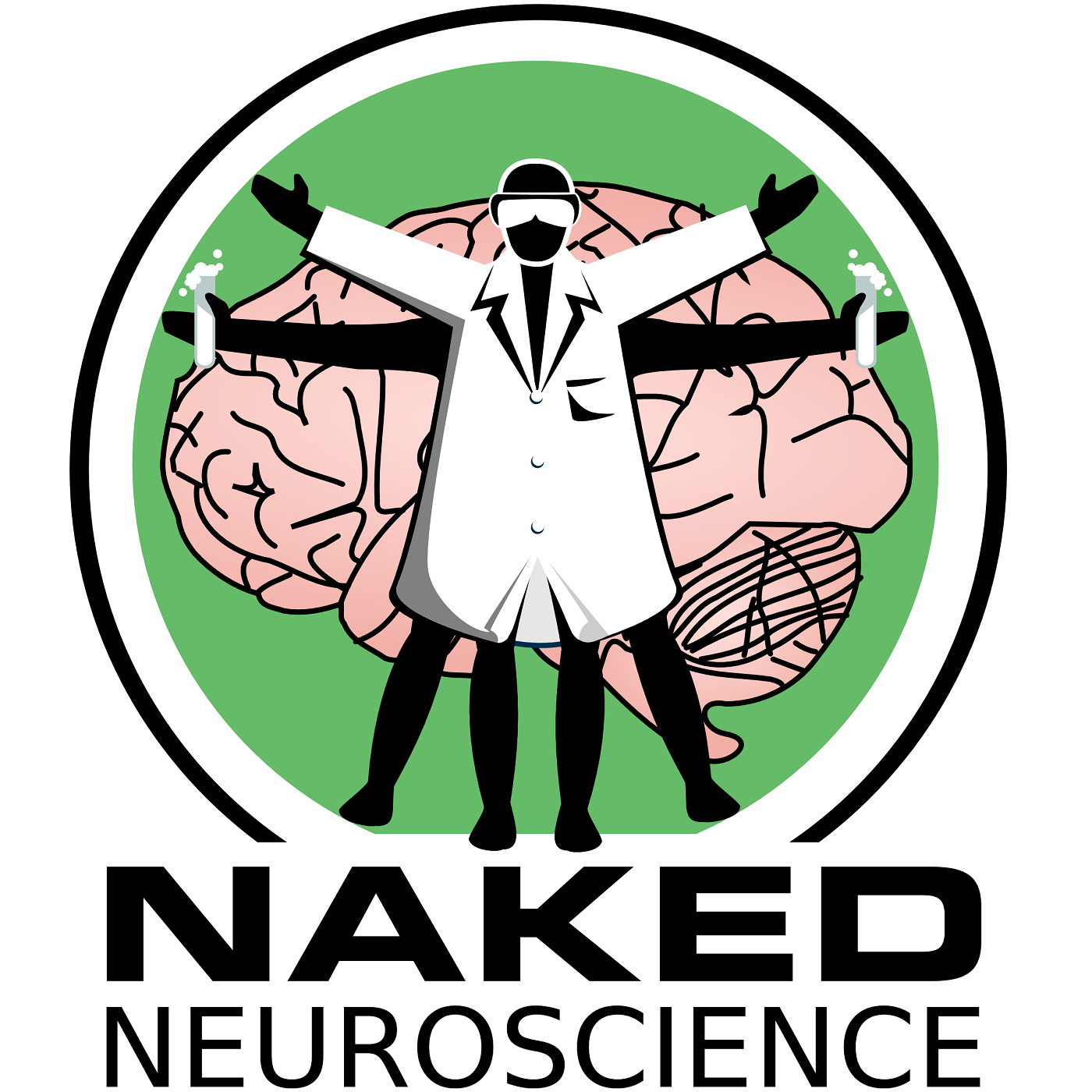
Naked Neuroscience, from the Naked Scientists
James Tytko
The TED AI Show
TED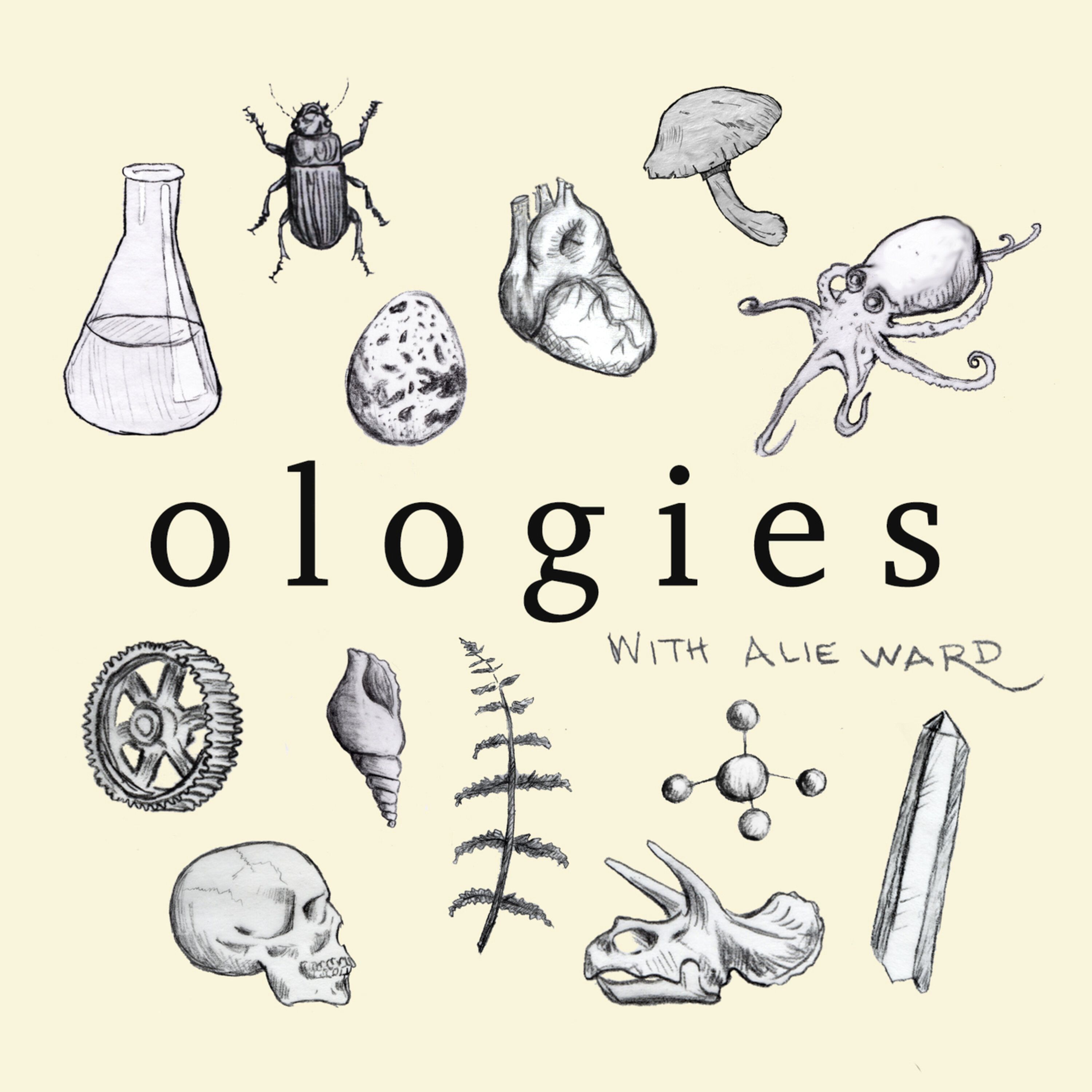
Ologies with Alie Ward
Alie Ward
The Daily
The New York Times
Savage Lovecast
Dan Savage
Huberman Lab
Scicomm Media
Freakonomics Radio
Freakonomics Radio + Stitcher
Ideas
CBC

